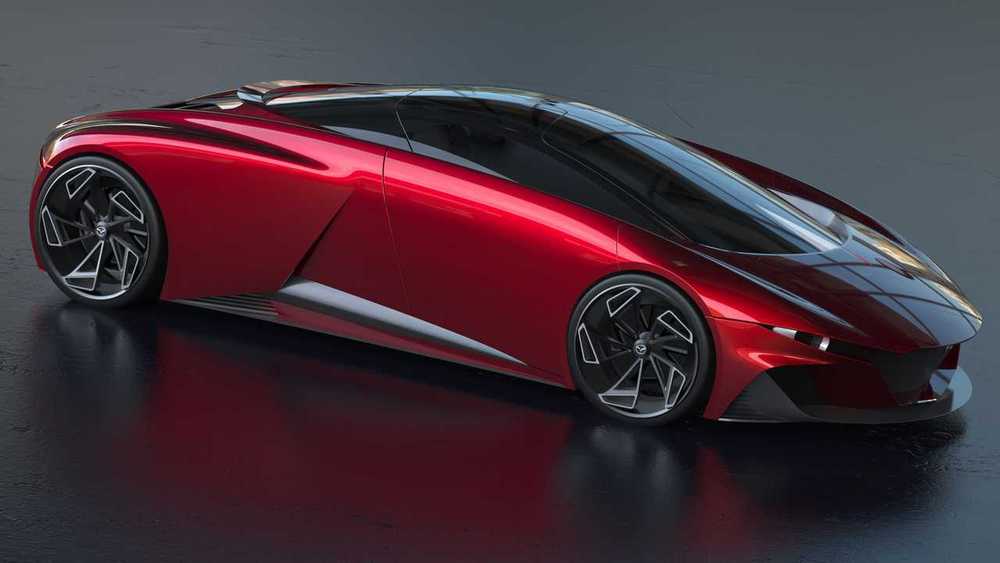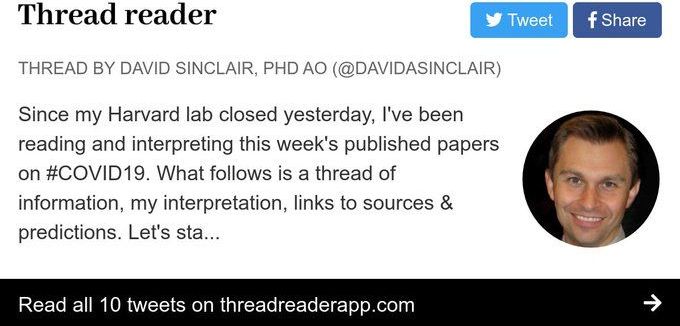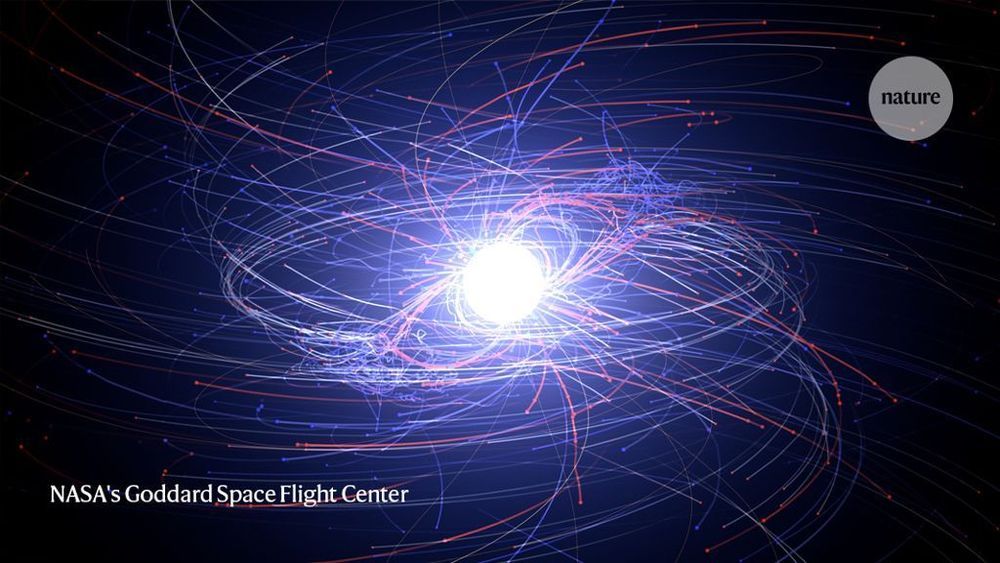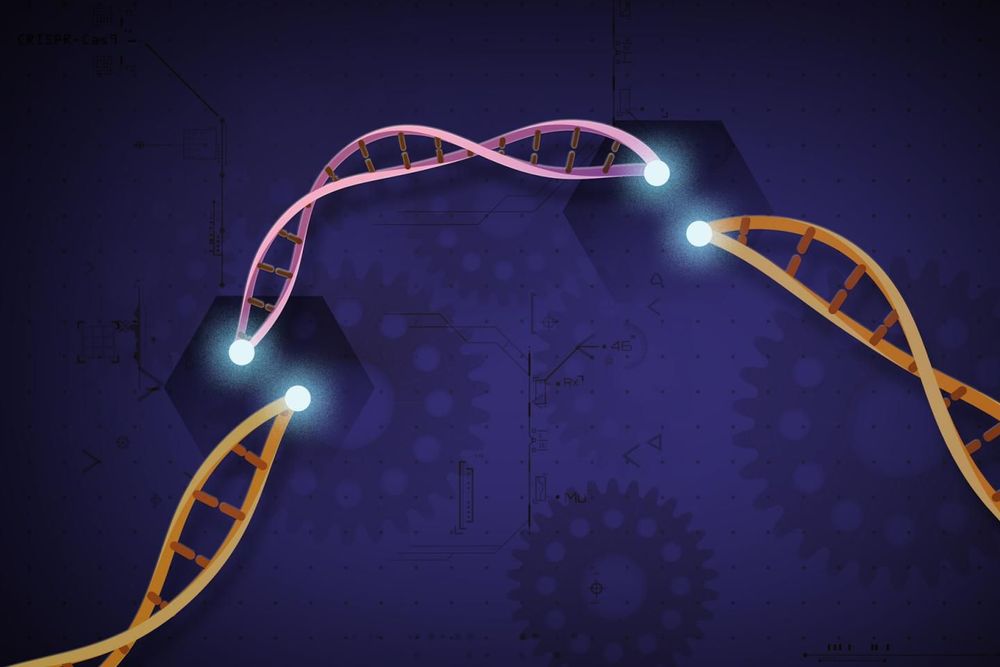Palgrave Commun ications volume 6, Article number: 28 (2020) Cite this article.


Palgrave Commun ications volume 6, Article number: 28 (2020) Cite this article.

Erythropoietin, or Epo for short, is a notorious doping agent. It promotes the formation of red blood cells, leading thereby to enhanced physical performance — at least, that is what we have believed until now. However, as a growth factor, it also protects and regenerates nerve cells in the brain. Researchers at the Max Planck Institute of Experimental Medicine in Göttingen have now revealed how Epo achieves this effect. They have discovered that cognitive challenges trigger a slight oxygen deficit (termed ‘functional hypoxia’ by the researchers) in the brain’s nerve cells. This increases production of Epo and its receptors in the active nerve cells, stimulating neighbouring precursor cells to form new nerve cells and causing the nerve cells to connect to one another more effectively.
The growth factor erythropoietin is among others responsible for stimulating the production of red blood cells. In anaemia patients it promotes blood formation. It is also a highly potent substance used for illegal performance enhancement in sports.
“Administering Epo improves regeneration after a stroke (termed ‘neuroprotection’ or ‘neurogeneration’), reducing damage in the brain. Patients with mental health disorders such as schizophrenia, depression, bipolar disorder or multiple sclerosis who have been treated with Epo have shown a significant improvement in cognitive performance,” says Hannelore Ehrenreich of the Max Planck Institute of Experimental Medicine. Along with her colleagues, she has spent many years researching the role played by Epo in the brain.


Astronomers know that much about how neutron stars are born. Yet exactly what happens afterwards, inside these ultra-dense cores, remains a mystery. Some researchers theorize that neutrons might dominate all the way down to the centre. Others hypothesize that the incredible pressure compacts the material into more exotic particles or states that squish and deform in unusual ways.
Now, after decades of speculation, researchers are getting closer to solving the enigma, in part thanks to an instrument on the International Space Station called the Neutron Star Interior Composition Explorer (NICER).
These stellar remnants are some of the Universe’s most enigmatic objects — and they are finally starting to give up their secrets.

Scientists can now edit multiple sites in the genome at the same time to learn how different DNA stretches co-operate in health and disease.
CRISPR-based DNA editing has revolutionized the study of the human genome by allowing precise deletion of any human gene to glean insights into its function. But one feature remained challenging—the ability to simultaneously remove multiple genes or gene fragments in the same cell. Yet this type of genome surgery is key for scientists to understand how different parts of the genome work together in the contexts of both normal physiology and disease.
Now such a tool exists thanks to the teams of Benjamin Blencowe and Jason Moffat, both professors of molecular genetics at the Donnelly Centre for Cellular and Biomolecular Research. Dubbed ‘CHyMErA’, for Cas Hybrid for Multiplexed Editing and Screening Applications, the method can be applied to any type of mammalian cell to systematically target the DNA at multiple positions at the same time, as described in a study published in the journal Nature Biotechnology.

Because of the central importance of tissue repair to all organisms, Neves assumed that many of the mechanisms behind it would be shared among all animals. So she started looking at proteins produced by immune cells in the well-known animal model of the fruit fly.
She discovered that a poorly-understood protein known as MANF (mesencephalic astrocyte-derived neurotrophic factor) plays a crucial role in reducing inflammation in fruit flies. More importantly, she found that mice and humans also produce it, and its prevalence reduces in all the species as they age, suggesting it plays a key role in limiting age-related inflammation.
That prompted her to see if introducing MANF would boost the effectiveness of stem cell treatments in older animals. She used the protein in combination with a procedure that uses stem cells to replace degenerating photoreceptors in the retina of older mice and found it greatly improved the restoration of vision.

The US is going to lockdown for 15 days to start.
Members of the Trump administration’s coronavirus task force, led by Vice President Mike Pence, hold a press briefing at the White House.
» Subscribe to NBC News: http://nbcnews.to/SubscribeToNBC
» Watch more NBC video: http://bit.ly/MoreNBCNews
NBC News Digital is a collection of innovative and powerful news brands that deliver compelling, diverse and engaging news stories. NBC News Digital features NBCNews.com, MSNBC.com, TODAY.com, Nightly News, Meet the Press, Dateline, and the existing apps and digital extensions of these respective properties. We deliver the best in breaking news, live video coverage, original journalism and segments from your favorite NBC News Shows.
Connect with NBC News Online!
NBC News App: https://apps.nbcnews.com/mobile
Breaking News Alerts: https://link.nbcnews.com/join/5cj/breaking-news-signup?cid=s…lip_190621
Visit NBCNews. Com: http://nbcnews.to/ReadNBC
Find NBC News on Facebook: http://nbcnews.to/LikeNBC
Follow NBC News on Twitter: http://nbcnews.to/FollowNBC
Follow NBC News on Instagram: http://nbcnews.to/InstaNBC
